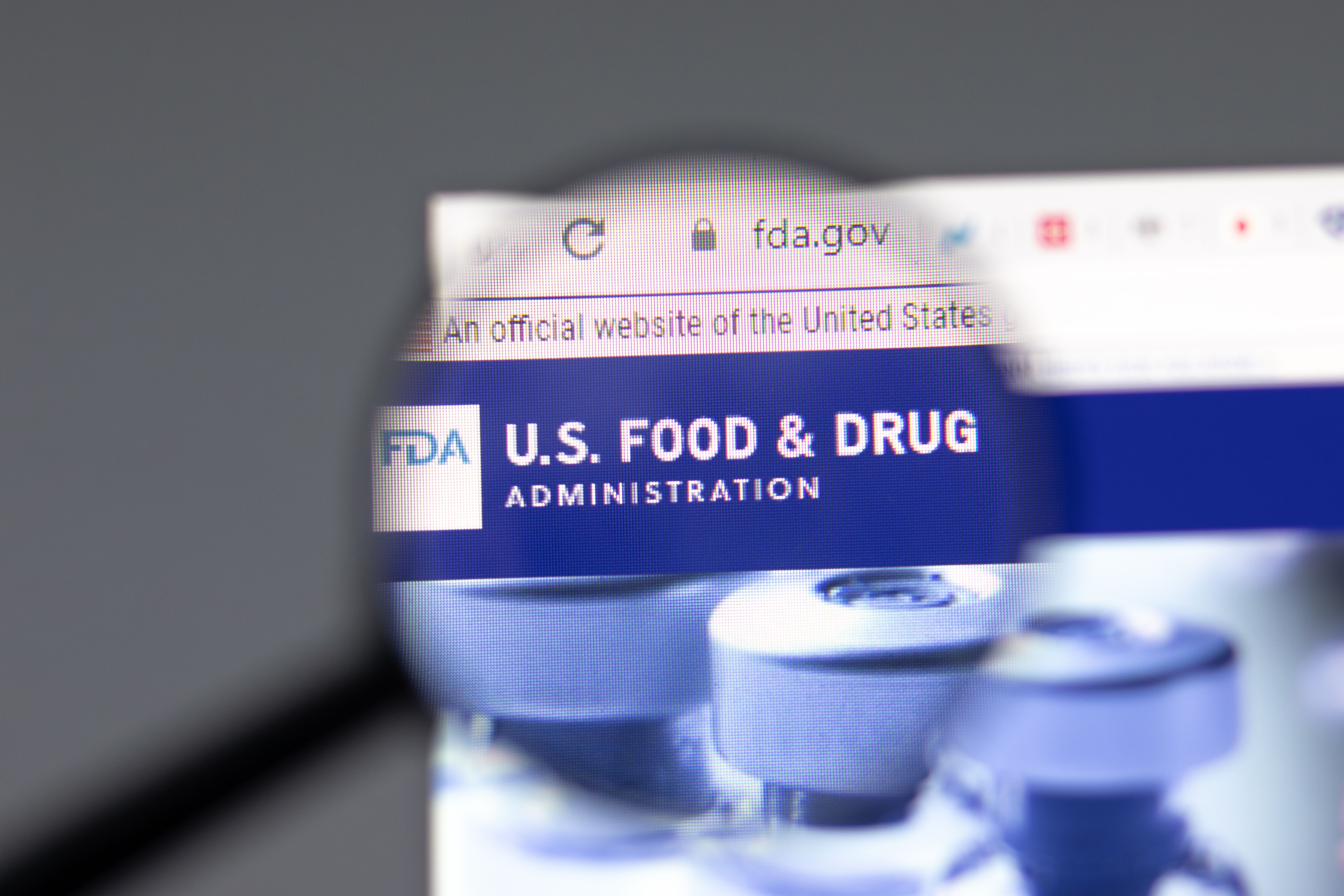Article
What Can Improve On-Time Administration of Parkinson Disease Medications?
Author(s):
A quality improvement project led by a multidisciplinary team was found to significantly improve on-time administration of levodopa and other medications for patients with Parkinson disease, according to study findings.
A quality improvement project led by a multidisciplinary team was found to significantly improve on-time administration of levodopa and other medications for patients with Parkinson disease (PD), according to study findings published in the Journal of Parkinson’s Disease.
Providing timely administration of medication to offset symptom recurrence in patients with PD, known as OFF periods, can prove complex due to the frequent need of multiple medication doses and disease progression implications.
Lead study author Martha A. Nance, MD, Park Nicollet Struthers Parkinson Center, expanded on the significance of these issues in PD care. “Previous studies have shown that neither patients with PD nor PD specialists are confident that PD medications are administered on time in the hospital setting, and up to 30% of carbidopa-levodopa doses are not given within an hour of the scheduled time."
As researchers highlight, ill-timed administration of carbidopa-levodopa (C/L) doses can prove detrimental to patients with PD as it has been associated with greater morbidity and longer lengths of hospitalization stays. They sought to examine the barriers to timely C/L administration and assess the efficacy of several strategies to improve timely drug administration among patients.
In the study, researchers employed several interventions across a 2-year span at the Struthers Parkinson Center, which treats about 2000 patients with PD and related conditions, as well as the 361-bed Park Nicollet Methodist Hospital. These interventions included:
- 3 kinds of nursing alerts in the electronic medical record
- Staff in-service education
- Stocking of immediate-release C/L products into automated medication dispensing machines on key hospital units
- Reports to nurse unit managers on timeliness of C/L administration
- Reconciliation of all initial inpatient and outpatient C/L orders by the hospital pharmacist upon admission
The study’s primary outcome served as the percent of C/L doses administered within 60, 30, and 15 minutes of scheduled time. There were 5939 C/L administrations observed in 2018.
When comparing administration of timely doses for C/L from pre- (2012) to postintervention (2018), sustained improvements were found within 15 minutes (2012: 42.3%; 2018: 71.1%; P < .001), 30 minutes (2012: 65.5%; 2018: 86.4%; P < .001), and 60 minutes (2012: 89.3%; 2018: 96.5%; P < .001) of the scheduled dose.
"Through a collaborative effort at our hospital that included contributions from PD specialists, hospitalist physicians, pharmacists, nurses, nursing administration, and information technology—and most importantly, patients and families—we were able to introduce strategies to substantially improve the timely administration of doses,” added Nance.
Nance noted that measures implemented in the study are not overly burdensome to hospital staff and should be feasible at other hospitals with a similar number of patients with PD and levodopa administrations.
"We believe that the measures we instituted can be implemented in other hospitals, and that they will improve the safety, wellbeing, and outcomes of hospitalized PD patients," said Nance.
Reference
Nance MA, Lesa B, Germaine E, et al. Quality improvement in Parkinson’s disease: a successful program to enhance timely administration of levodopa in the hospital. J Parkinsons Dis. Published online July 2, 2020. doi:10.3233/JPD-202024





